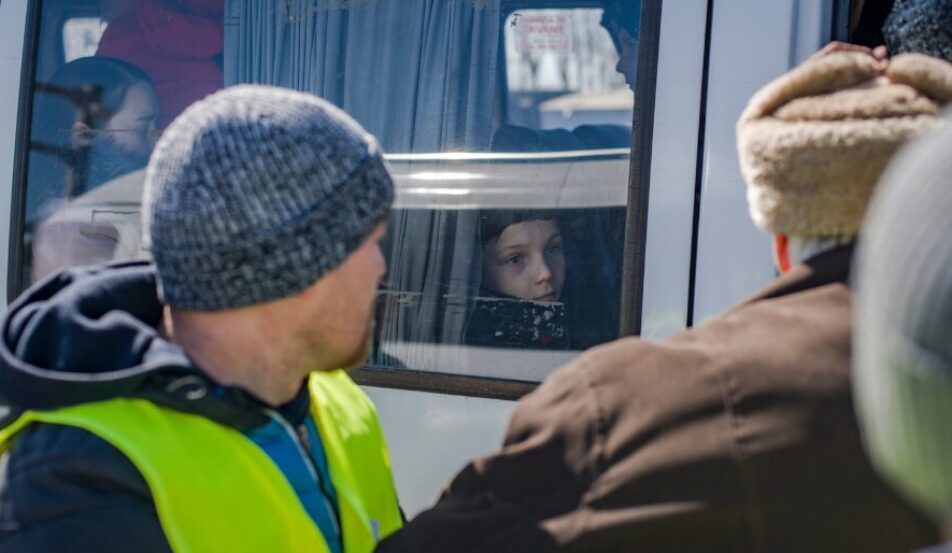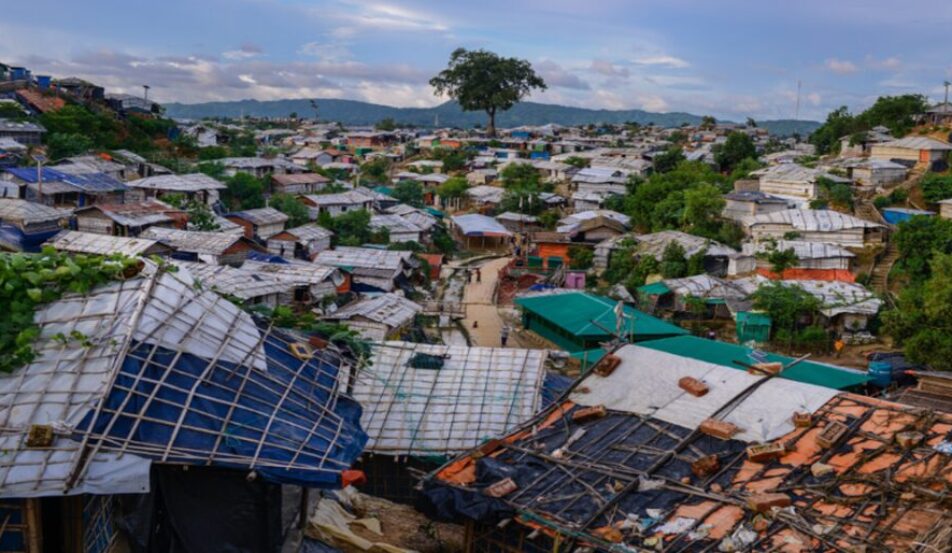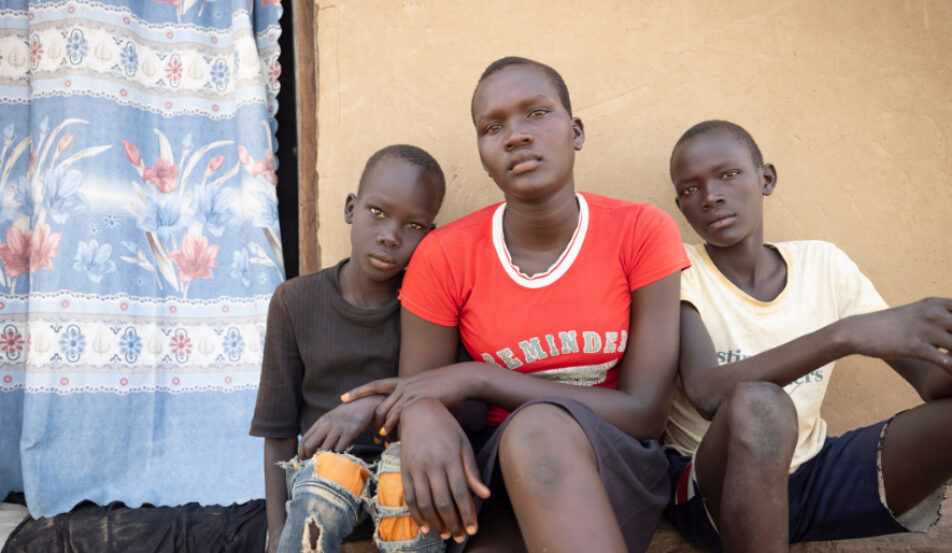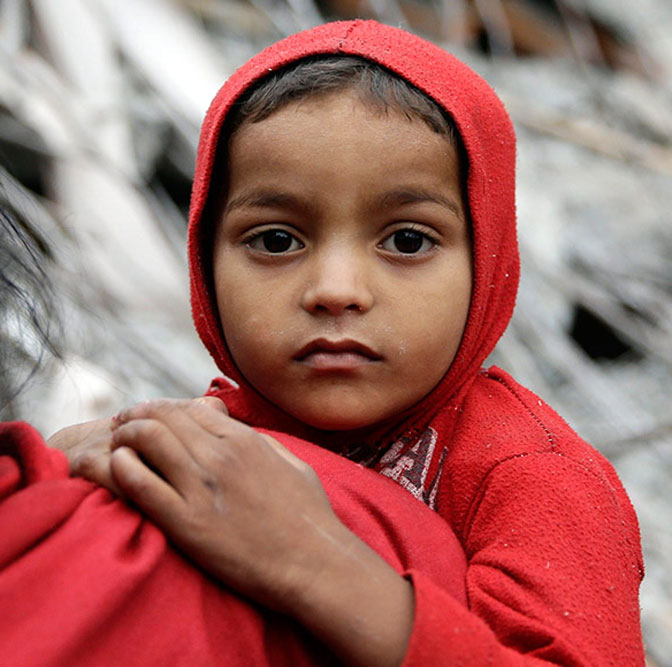ChildFund ready to respond to Typhoon Rammasun
The strongest storm to hit the Philippines since Typhoon Haiyan has swept across the island nation, leaving thousands of homes damaged and at least 10 people dead.
Typhoon Rammasun (known locally as Glenda), a category-three typhoon, entered Philippine waters on the evening of July 14 and made landfall in southeastern Luzon today.
Public Storm Warning Signal 3 (the highest alert level) was raised over communities in the Bicol region and Northern Samar, including Catanduanes, Albay, Sorsogon, Camarines Sur, Burias and Ticao Island. Work and school were preemptively cancelled in these locations, and forced evacuations from coastal communities were implemented in anticipation of 1-3 metre storm surge waves.
Assessments of the damage are still being carried out, with power and internet down in some areas. However, ChildFund staff in Manila report that the densely populated capital escaped the worst of it, with less rain and flooding than expected.
ChildFund Philippines’ local partners are positioned to respond to this emergency in Bicol, southern Luzon and Metro Manila. Emergency response teams have readied supplies of food, water, tents and emergency kits.
ChildFund’s work in the Philippines has increasingly focused on disaster preparation to reduce the loss of life and minimise the impact of typhoons and other risk factors. ChildFund’s local partners work with young people and their communities to develop community action plans, which coordinate with government efforts to improve warning systems and evacuation procedures.
ChildFund Australia CEO Nigel Spence says: “This is the first typhoon in about four years to strike this close to the capital, Manila, one of the world`s most densely populated cities. We were extremely concerned for the safety of children and their families. Thousands of people were evacuated from their homes in advance of the storm, which undoubtedly helped to save lives. This demonstrates the importance of investing in disaster preparation at the community level, a priority for ChildFund in the Philippines and throughout our region.”






